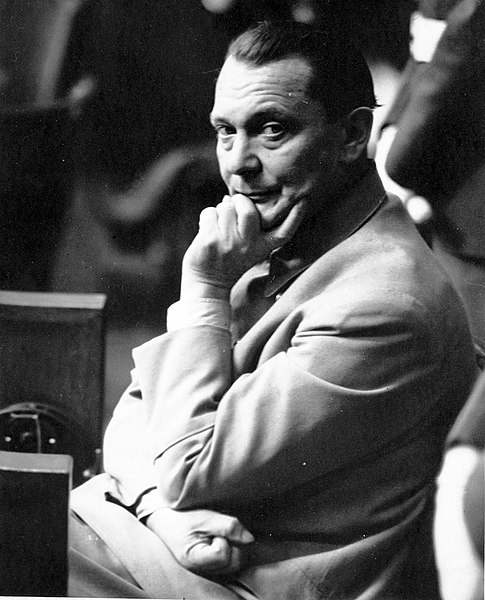The Heinkel He 162 Volksjäger was a German single-engine, jet-powered fighter aircraft fielded by the Luftwaffe late in World War II. Developed under the Emergency Fighter Program, it was designed and built quickly and made primarily of wood as metals were in very short supply and prioritised for other aircraft. Volksjäger was the Reich Air Ministry's official name for the government design program competition won by the He 162 design. Other names given to the plane include Salamander, which was the codename of its wing-construction program, and Spatz ("Sparrow"), which was the name given to the plane by the Heinkel aviation firm.
Heinkel He 162
He 162 120077, surrendered to the British at Leck, pictured at Freeman Field, Indiana, 1945
He 162 tail section
The Hinterbrühl underground production line for the He 162A was captured in April 1945
The Luftwaffe was the aerial-warfare branch of the Wehrmacht before and during World War II. Germany's military air arms during World War I, the Luftstreitkräfte of the Imperial Army and the Marine-Fliegerabteilung of the Imperial Navy, had been disbanded in May 1920 in accordance with the terms of the 1919 Treaty of Versailles which banned Germany from having any air force.
Hermann Göring, the first Supreme Commander of the Luftwaffe (in office: 1935–1945)
Robert Ritter von Greim, the second and last Supreme Commander of the Luftwaffe (in office: April–May 1945)
Manfred von Richthofen with other members of Jasta 11, 1917 as part of the Luftstreitkräfte
Walther Wever, Chief of the Luftwaffe General Staff, 1933–1936








